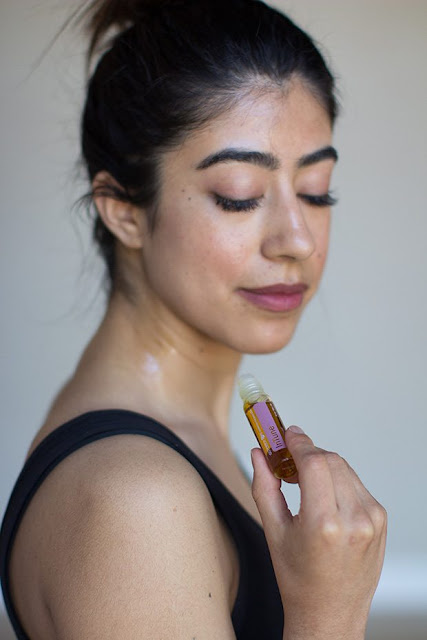
Contributed by Brooke Perkins
Yoga is an ancient practice that originated in India thousands of years ago. The original meaning of the word yoga is believed to be “unity,” which is key to the overall goal of the practice: pushing one’s consciousness toward transcendence. Since the beginning, yoga has evolved and changed in many ways and throughout the years research has reaffirmed that this practice not only benefits physical health, but mental and emotional health as well.
Yoga has proven to be beneficial because of its three main components: asanas (physical postures), pranayama (breathing technique), and meditation. Oftentimes when we exercise we forget to incorporate these components. For instance, even though we are constantly breathing, it is not necessarily something we are consciously thinking about. In yoga, breath is the life of the practice; each movement is associated with a deep inhale or exhale. It is this state of active breathing that has been found to be highly beneficial, especially when it comes to our brain wave activity.
Modern day research has shown that yoga can help us manage stress, but why is that exactly? Studies have shown that yoga has the ability to decrease salivary cortisol, which is a known stress hormone.(1,2) Additional studies have also found that yoga-based relaxation training can help stabilize the function of the autonomic nervous system,(3) the system that controls our breathing, heartbeat, and digestive processes. Yoga also plays a significant role in decreasing heart rate. (4,5) One study demonstrated that not only is breathing beneficial for overall brain wave activity but so is meditation and posture-based poses. These yoga practices have been found to stimulate the amygdala and frontal cortex,(6) which house our memory and emotional reactions. As you can see all of these benefits can have a positive effect on our physical, mental, and emotional well-being.
Now that we’ve learned about some of the science behind yoga, it’s time to understand how essential oils can relate to this ancient practice. While modern day science has yet to thoroughly ascertain the benefits of essential oils and yoga when combined, there are still many benefits to be received. Much like yoga, the use of essential oils aims to support the well-being of the body, mind, and spirit. Research has shown that essential oils not only provide emotional benefits but physical benefits as well.
There are several studies that speak to the abilities of essential oils to help reduce anxious feelings (7-10) and provide an overall sense of well-being. Other research studies have shown that they can help maintain concentration.(11,12) Lastly, research has suggested that essential oils help promote feelings of clear breathing and open airways.(13)
As you can see, yoga and essential oils easily go hand-in-hand. You can, and should, enhance your current practice by using the two together. So whether you are a brand new or seasoned yogi, everyone can benefit from using essential oils during their practice.
Here are some tips on oils to include in your practice:
Apply InTune® at the beginning of class to help set your focus.
Rub a drop of dōTERRA Breathe® on your chest.
For a more invigorating practice, diffuse Wild Orange and Peppermint.
Diffuse Serenity® for a more calming practice.
Apply a drop of Frankincense or Sandalwood to your temples during meditation to help you relax and reduce stress.
Apply dōTERRA Balance® to the back of your neck during Savasana to help with relaxation.
Pictures taken at 3B Yoga Studio in Provo, Utah.












No comments:
Post a Comment